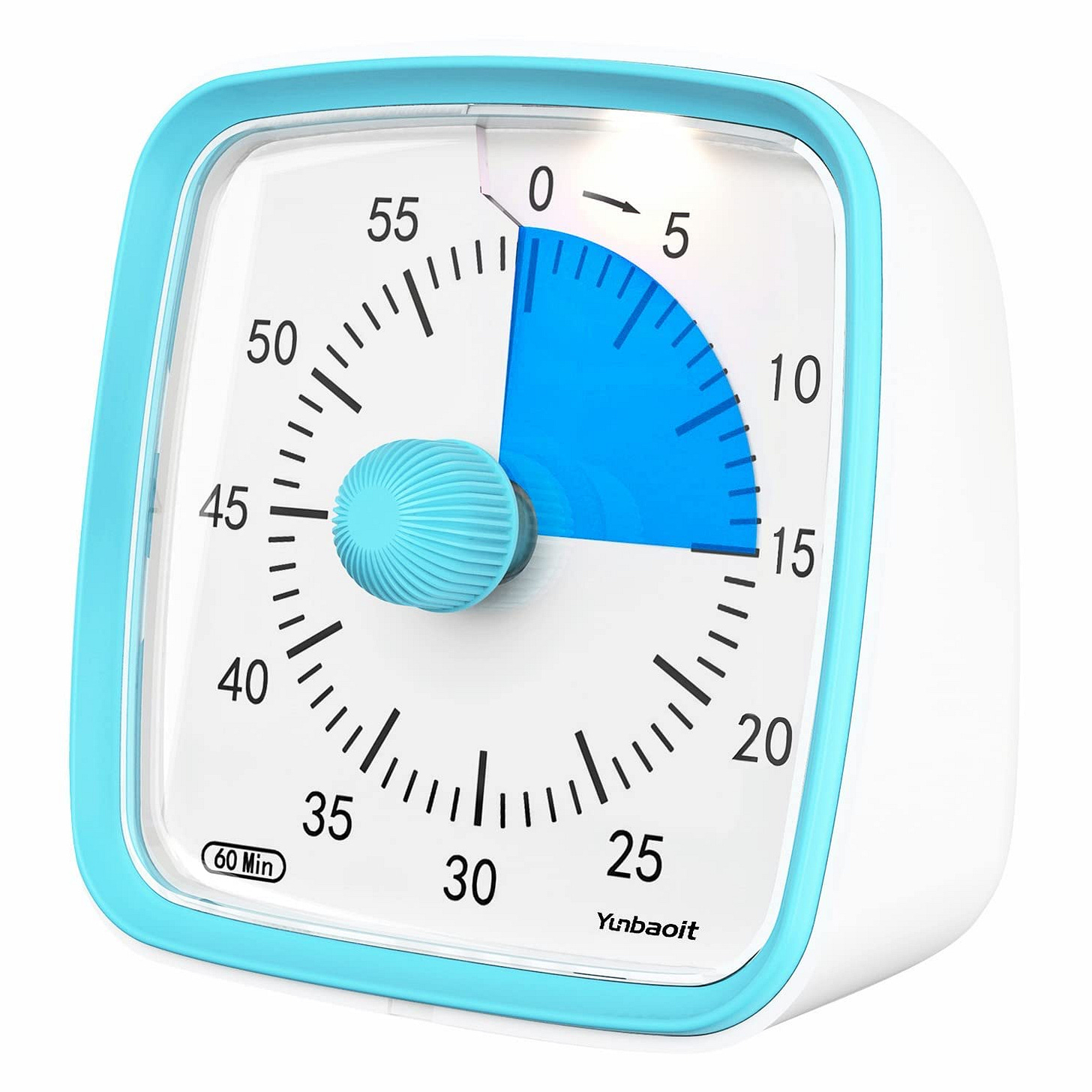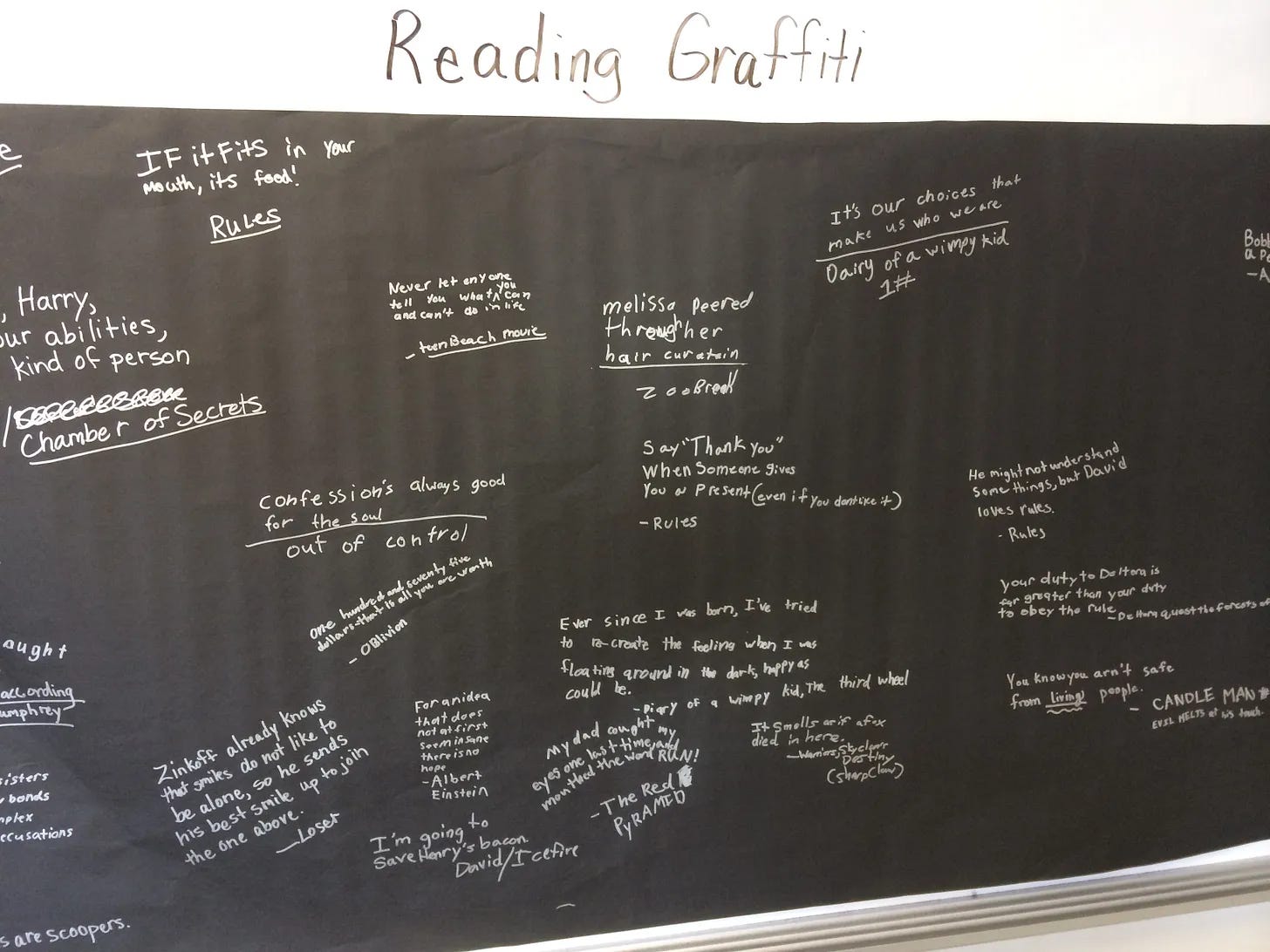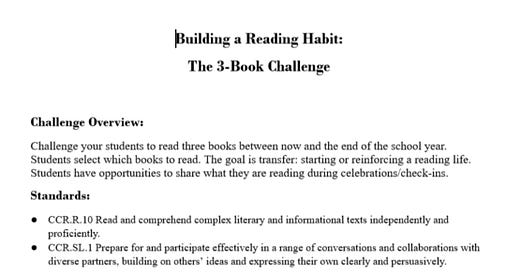Full subscribers can access a simple Google Doc template for organizing this challenge at the end of this guide. Subscribe today to access all literacy leadership resources and tools.
We’ve all had students in our classrooms not wanting to read. Some are currently in your classroom right now.
Call them reluctant, resistant, dormant…whatever term you prefer, there is at least one obstacle in their way from engaging in independent reading.
Maybe they have a history of little success as a reader.
Maybe they haven’t found pleasure in reading and don’t value it as something to do outside of school.
Maybe they don’t know what genres or topics they prefer.
And to top it all off, it’s the last month of school and you have yet to persuade this student on the rewards of a reading life. Personalized books stacks and multiple read alouds have fallen short. The strategies and resources you have provided haven’t been fully applied. It’s hard not to feel despair, to feel like we’ve failed this student.
Despair not! If said student is still under your charge, then you have time.
Next is a short-term project that may spark a true interest in books and maybe even a reading habit during these final weeks of the school year.
Try it: The 3-Book Challenge
The challenge is simple: Challenge your students to read three books between now and the end of the school year. They select which books to read.
The 3-Book Challenge was inspired by my family’s visit to the Indiana Sand Dunes over spring break. They had a “3-Dune Challenge”: A 1.5 mile hike with waypoints at the top of each dune.
While it was a challenge - climbing uphill in sand is harder than I anticipated - it was also designed to ensure we would be successful. For example, arriving at the top of one dune gave us a sense of accomplishment, fueling our motivation to take on the next dune. Nothing succeeds like success.
To go with this idea, you can put some healthy constraints on this project. For example, this summer I am challenging readers here to select a book in each of the following categories:
Fiction (anything)
A non-educational nonfiction text
A genre in which you typically do not read
You can and should include the students in creating the rules. Just be sure that the challenge is accessible to all kids in your classroom. (If you try this challenge, let us know in the comments what constraints your class came up with.)
Next are some considerations as you plan your 3-Book Challenge for the reluctant reader - and all readers - in your classroom.
#1 - Select dates to celebrate progress.
Scheduling celebrations for students to share what they read and offer a brief opinion about their book is an authentic approach to accountability. It also gives the class the opportunity to consider new books to read later.
I have found peers’ reviews of books to be a powerful invitation for reluctant readers. They see the joy that habitual readers demonstrate and tend to want that same experience.
Celebrations/progress checks can also be an opportunity to “sit down on top of each dune” and reflect on how things are going.
For the first celebration, you might ask your class if they feel they have enough options for reading in the classroom library. Any gaps can be addressed by visiting your school or public library.
For the third and final celebration, this article (Psyche) suggests having students “write a couple of sentences about how reading makes a difference to their lives, referring to examples if they wished.”
#2 - Reduce formal instruction to a minimum.
The project is not just a challenge for the students. In order for them to have enough time to read in school (and please don’t expect them do the majority of it at home), you will have to reduce the time you spend teaching.
If you use a common reading curriculum program in your school, aim for the absolute minimum recommended time in the teacher’s guide. You could even consider utilizing a visual timer when you teach. “Class, this is all the time I get for demonstrating today’s reading strategy.”

When time is up, you have to stop teaching and the kids get to start reading. You can read too and/or take some time to confer with readers.
#3 - Offer space for reader ownership.
How will they share what they are currently reading with others? How can they respond to their reading, if at all?
It’s the end of the school year. If students cannot be trusted to make decisions as readers by now, then when? Transfer is the goal, both in reading and as readers.1
One fun idea for offering a space for reader ownership is to dedicate one bulletin board for students’ “reading graffiti”: favorite quotes from books they are reading.

Conclusion: Leverage the Power of Community
The joy our family had in climbing the three dunes came not just from the accomplishments, but also from engaging in the challenge together. I cannot remember who was in the front. Nobody won first place.
Likewise, a community challenge reduces competition and creates a greater sense of belonging. Your more accomplished readers can motivate reluctant readers by modeling and sharing the joy of a reading life. Everyone is successful and can head into summer with the momentum of a reinforced or renewed reading habit.
Bonus: Click here or the button below to access a simple Google Doc template to plan your 3-Book Challenge. Let us know how it goes for you all! -Matt
Independence is the first listed expectation in the Common Core State Standards for English Language Arts, College and Career Readiness page: “Students can, without significant scaffolding, comprehend and evaluate complex texts across a range of types and disciplines, and they can construct effective arguments and convey intricate or multifaceted information.” (p. 7; source)




